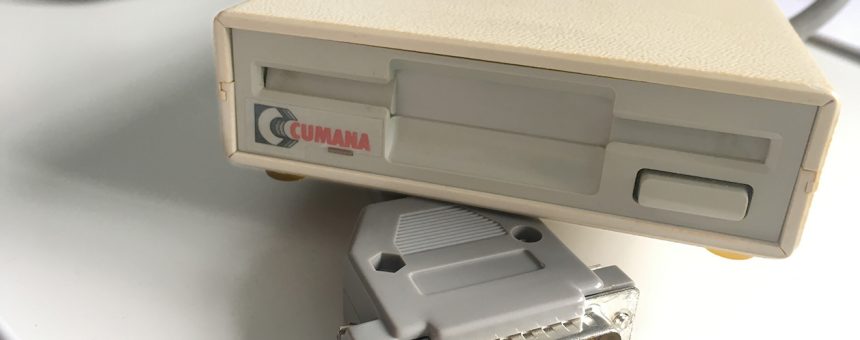

One example is the more elongated plastic casing, taller than a 3 + 1⁄ 2-inch disk, but less wide and thicker (i.e.

Three-inch diskettes bear much similarity to the 3 + 1⁄ 2-inch size, but with some unique features. Despite this, the format was not a major success. It was also adopted by some other manufacturers/systems such as Sega, the Tatung Einstein, and Timex of Portugal in the FDD and FDD-3000 disk drives. The format was widely used by Amstrad in their CPC and PCW computers, and (after Amstrad took over manufacture of the line) the Sinclair ZX Spectrum +3. Hitachi was a manufacturer of 3-inch disk drives, and stated in advertisements, "It's clear that the 3" floppy will become the new standard." The 3-inch "Compact Floppy Disk" or "CF-2" was an intended rival to Sony's 3.5" floppy system introduced by a consortium of manufacturers led by Matsushita. 3-inch "MCD-1 Micro Cassette" Īn Amstrad CPC loading a game from floppy disk Originally, Educational Microcomputer Systems (EMS) announced a system using this drive as well, but later changed plans to use 3½-inch diskette drives instead. It was also offered in limited quantity with some PDP-11/23-based workstations by General Scientific Corporation. Since August 1984, it was used in the Seequa Chameleon 325, an early CP/M-80 & MS-DOS portable computer with both Z processors. It could work with standard controllers for 5¼-inch floppy disks.

The Microfloppy Disk Drive TC 500 was a single-sided quad-density drive with a nominal storage capacity of 500 KB (80 tracks, 140 tpi, 16 sectors, 300 rpm, 250 kbit/s, 9,250 bpi with MFM). The diskettes were named Dysan 3¼" Flex Diskette (P/N 802950), Tabor 3¼" Flex Diskette (P/N D3251), sometimes also nicknamed "Tabor" or "Brown" at tradeshows. Another unsuccessful diskette variant was the Drivette, a 3¼-inch diskette drive marketed by Tabor Corporation of Westland, Massachusetts, USA between 19 with media supplied by Dysan, Brown and 3M.


 0 kommentar(er)
0 kommentar(er)
